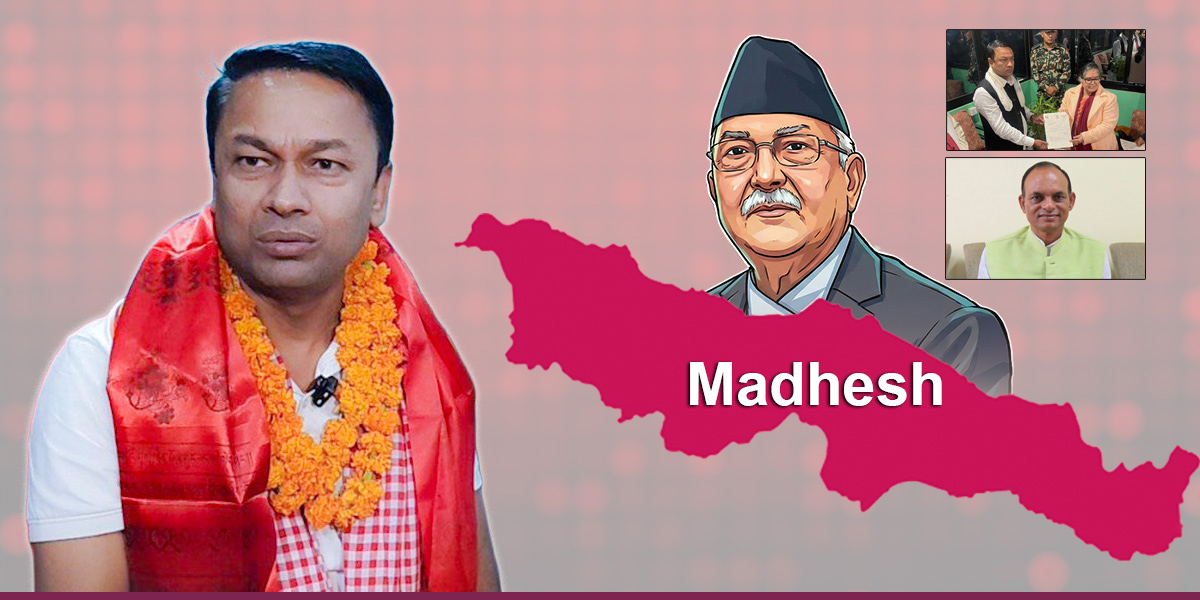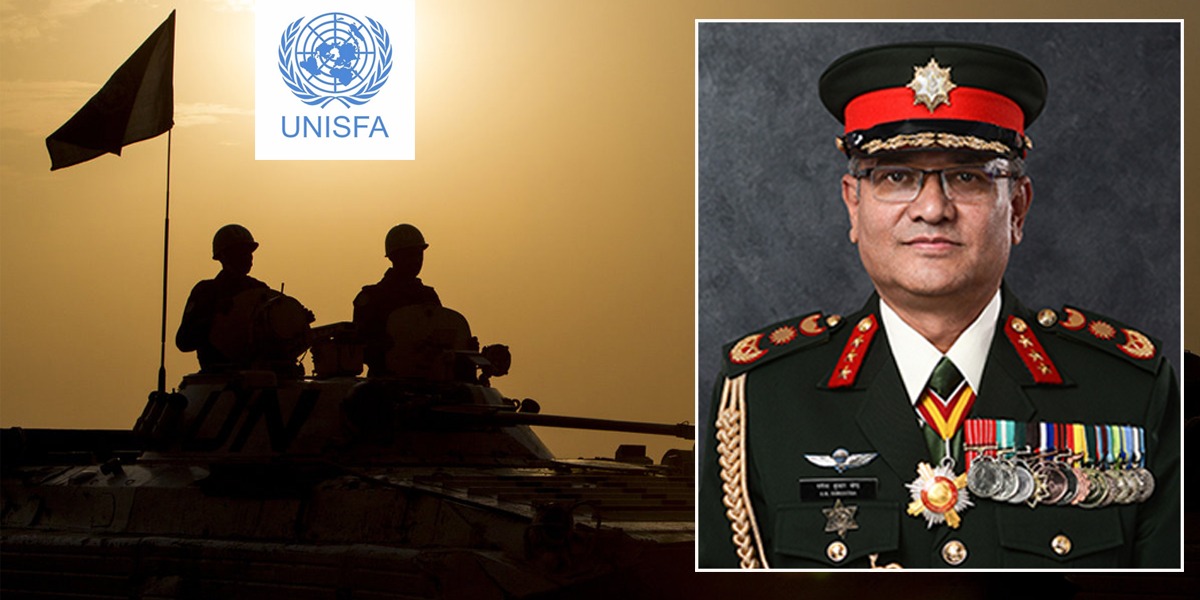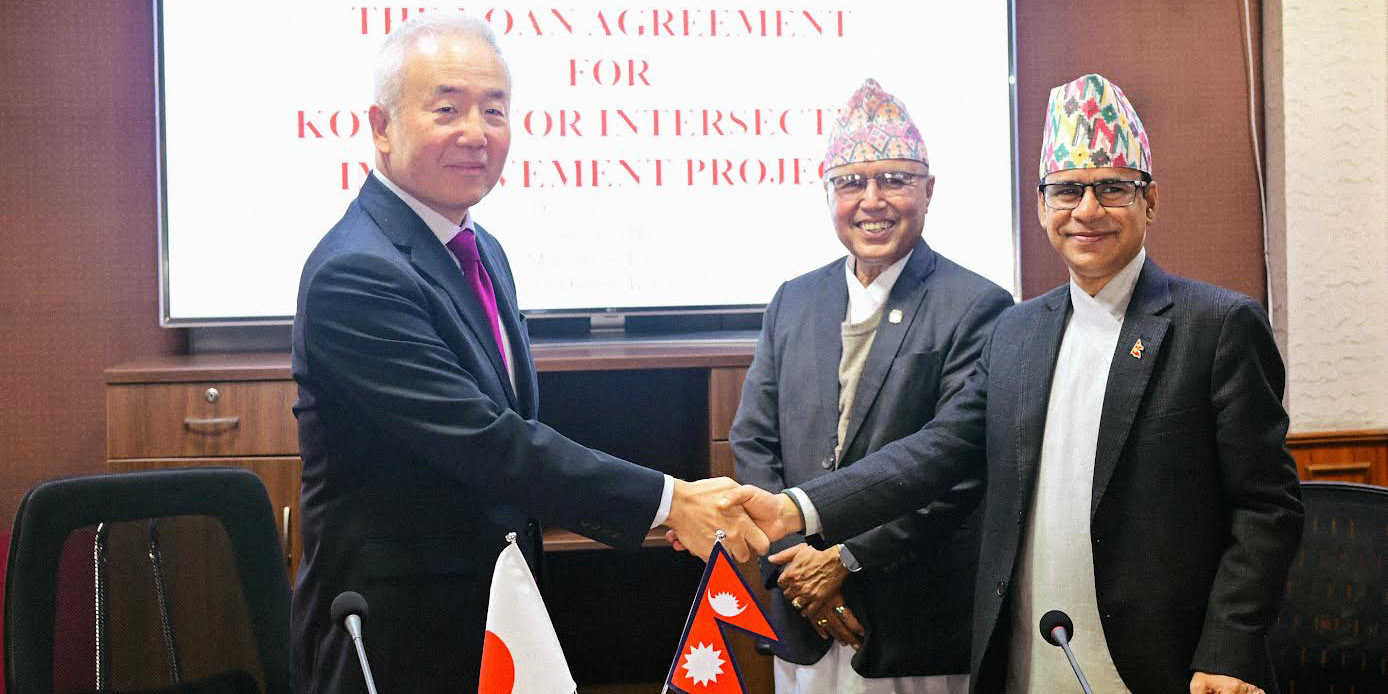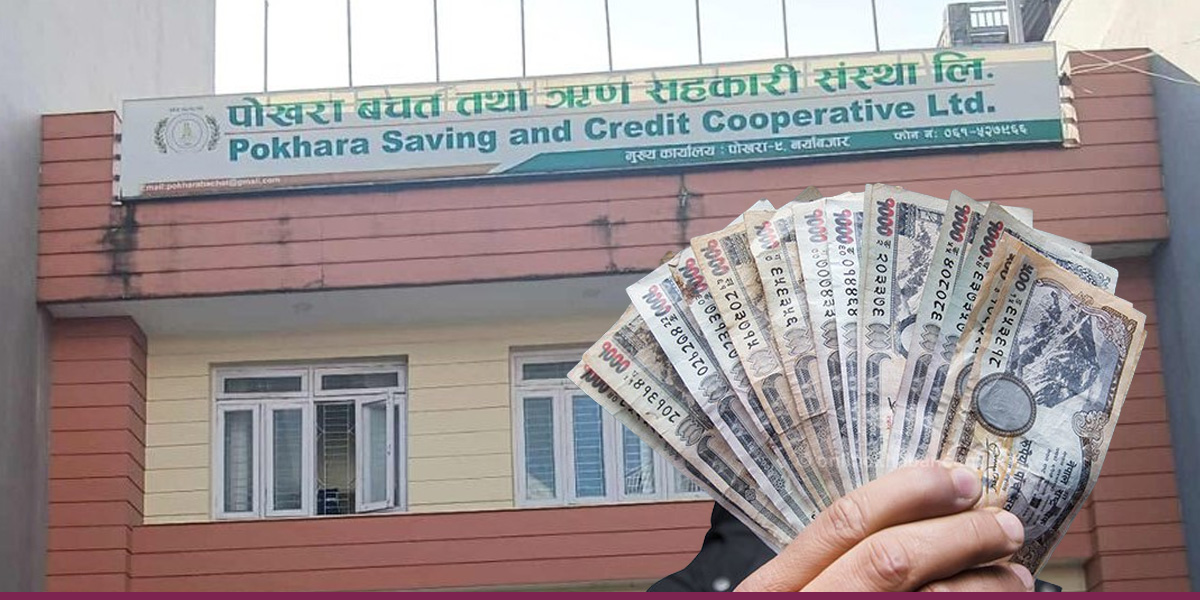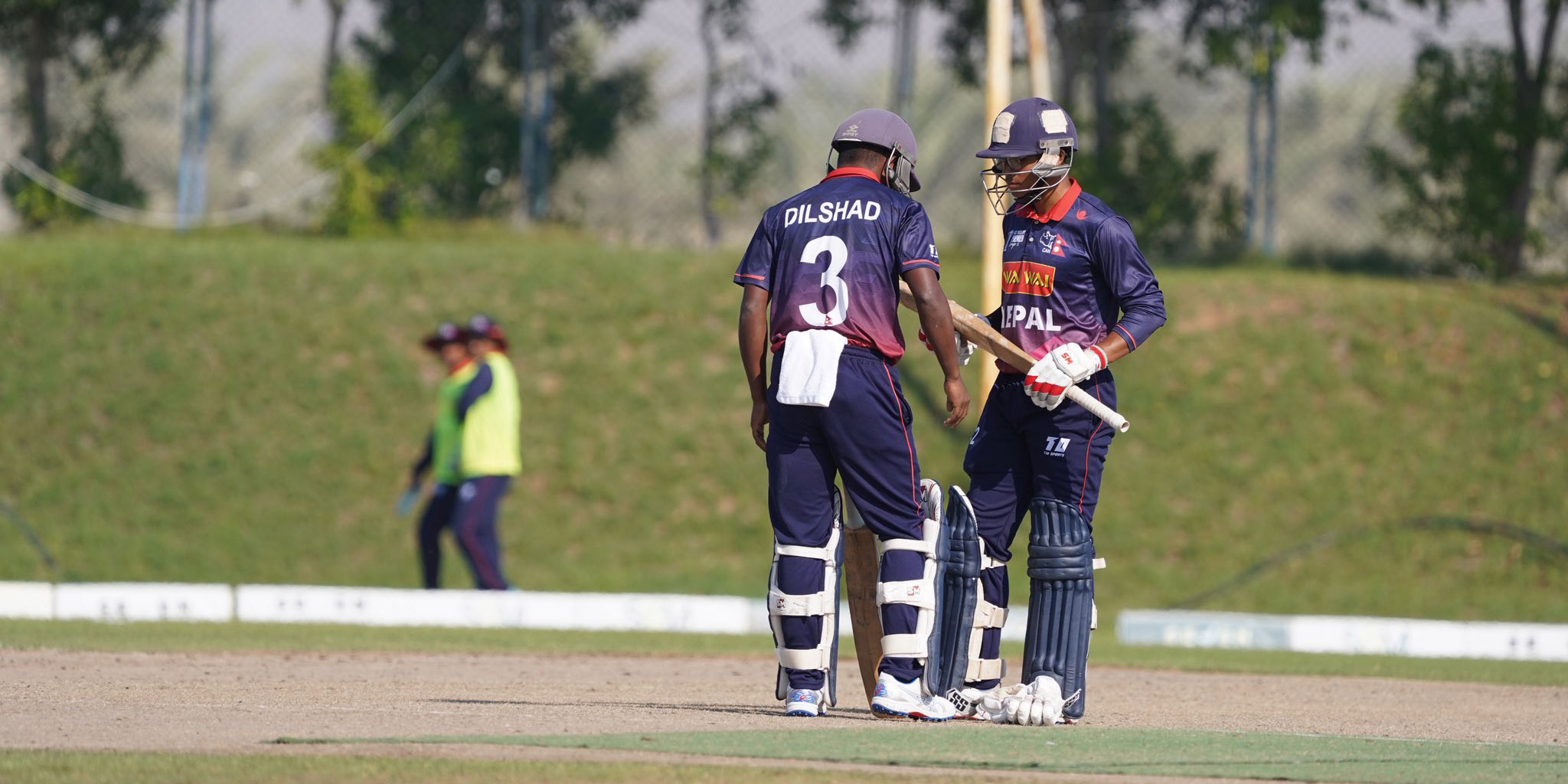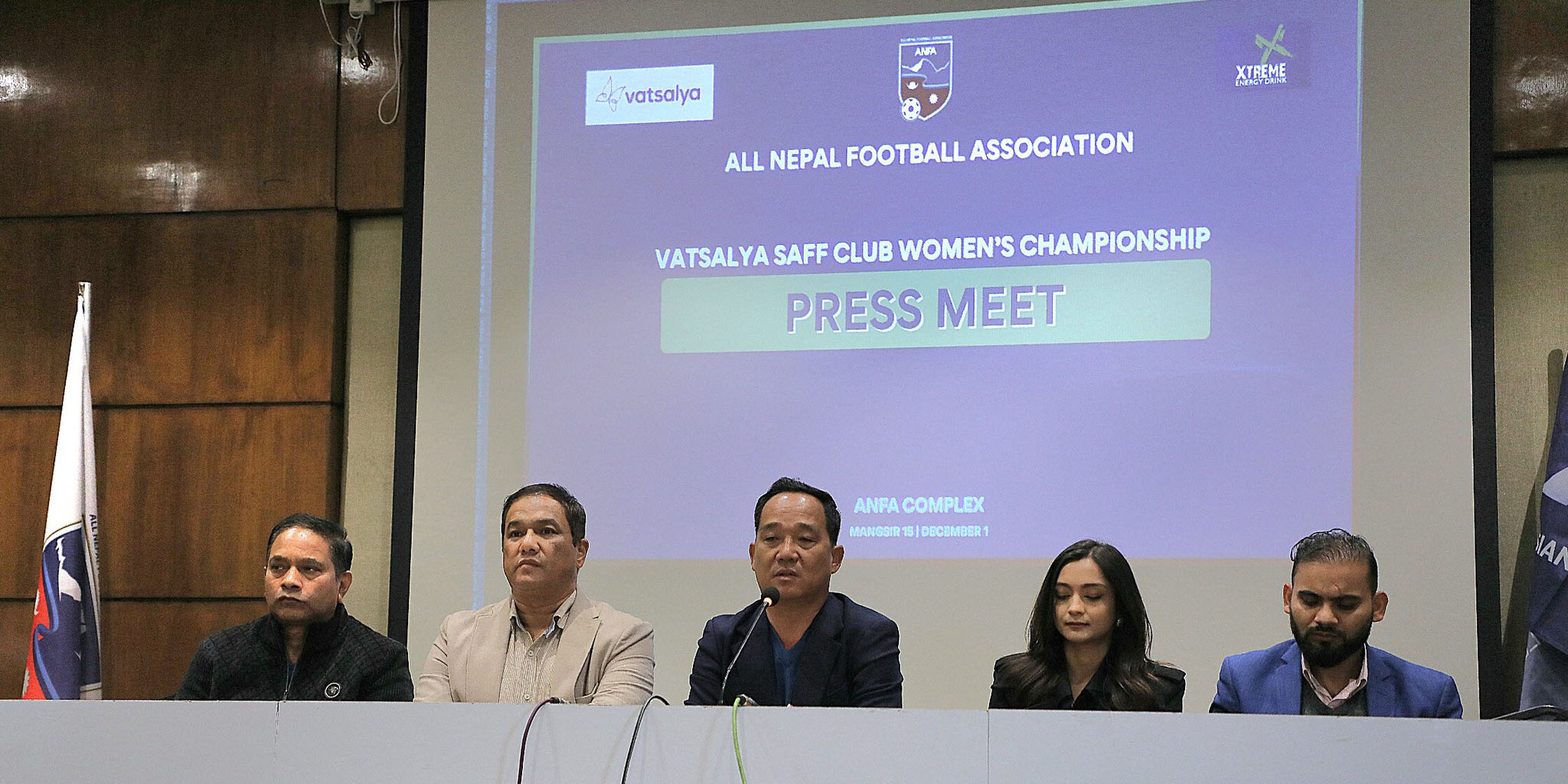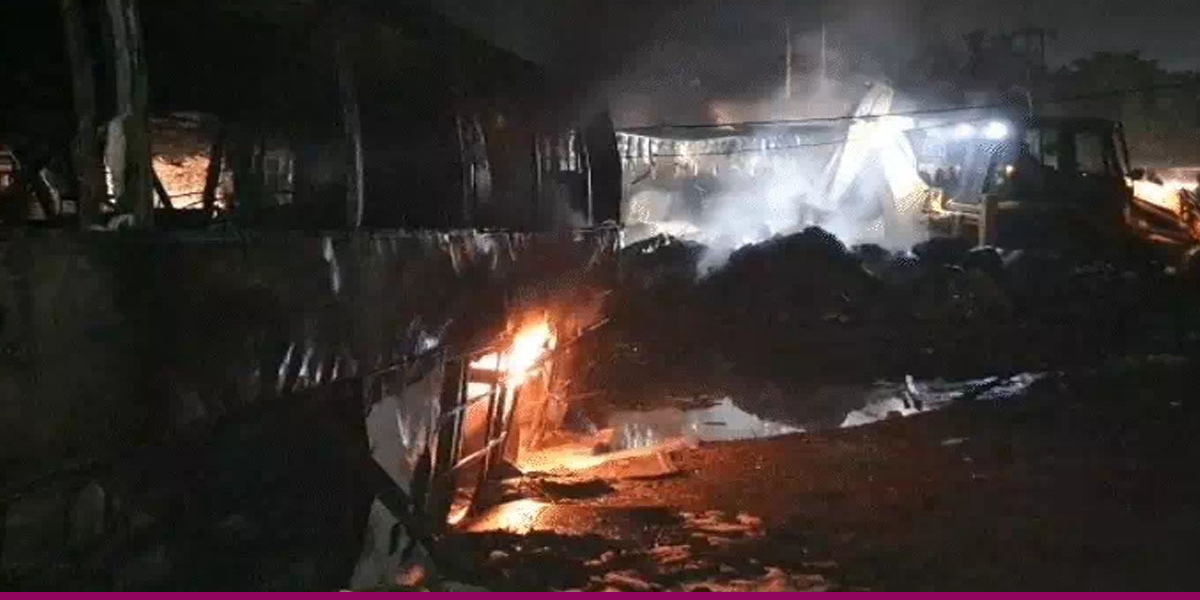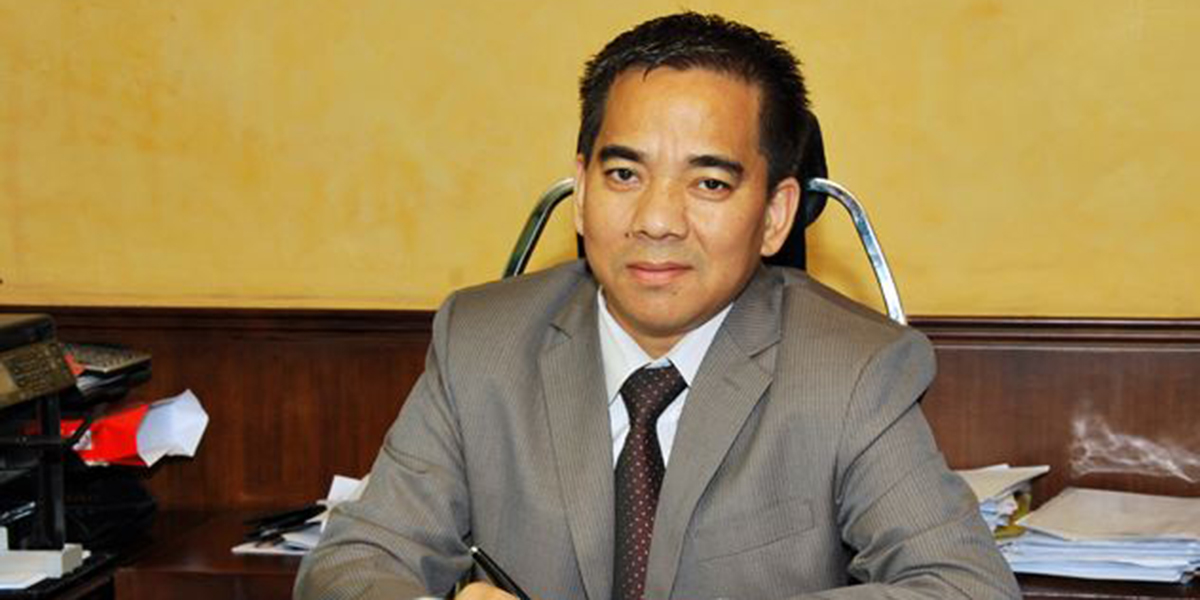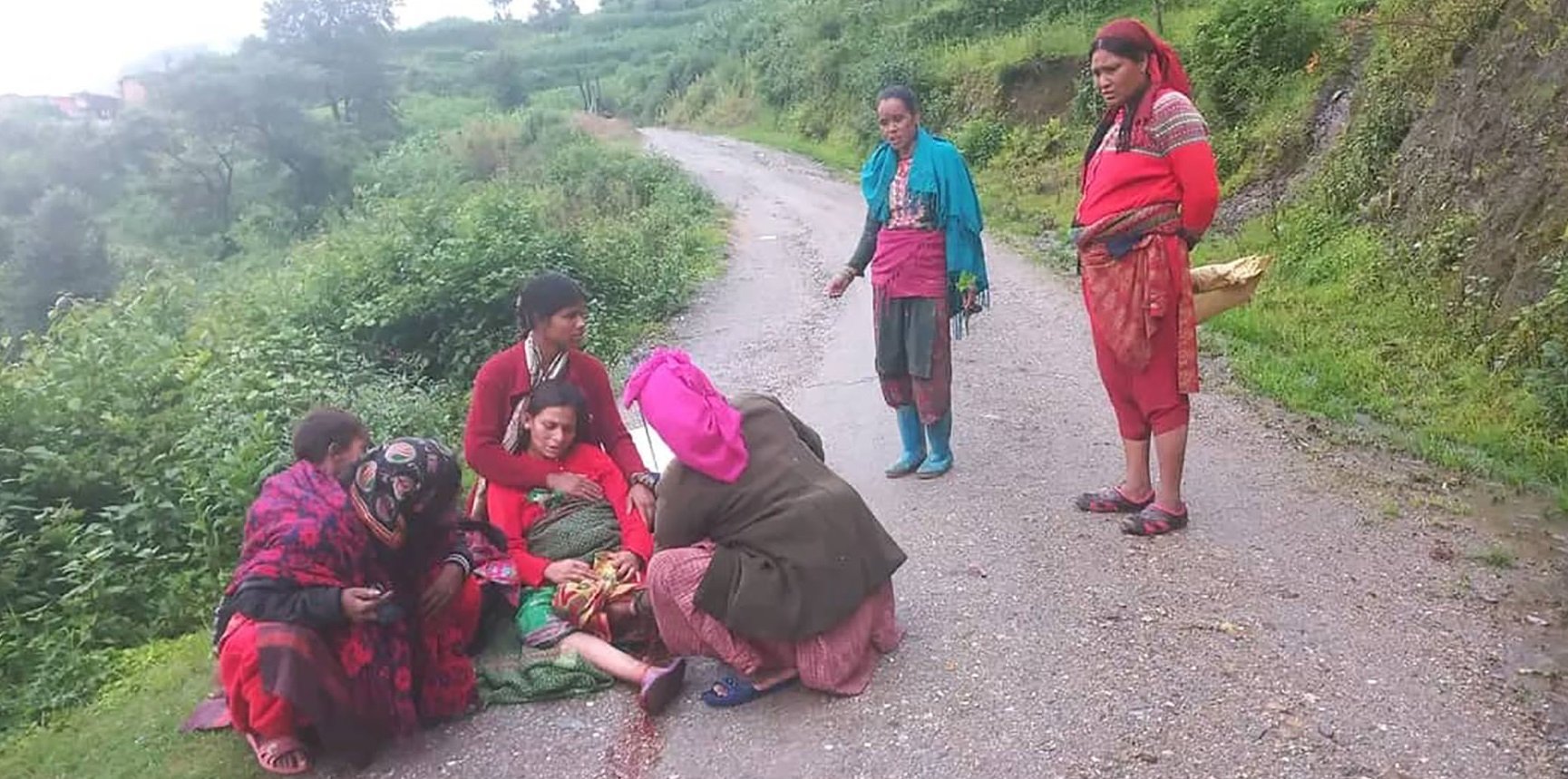 Relatives assisting 21-year-old Meena Nepali from Barekot-3 of Jajarkot as she delivers by the roadside. They were en route to a basic health center in Limsa, which is a six-hour walk from Meena's village. Photo: RSS
Relatives assisting 21-year-old Meena Nepali from Barekot-3 of Jajarkot as she delivers by the roadside. They were en route to a basic health center in Limsa, which is a six-hour walk from Meena's village. Photo: RSS
KATHMANDU: Kattika BK, a resident of Swamikartik Rural Municipality in Bajura, was forced to give birth on the road due to the absence of health facilities in her neighborhood. With no medical aid available in her village, Kattika’s relatives undertook an hourlong walk to reach Majhgaon Health Post. Since the center lacked health personnel, her relatives decided to bring her back home. She delivered her baby en route.
Meena Luhar from Dadeldhura faced a similar ordeal. When Meena, who hails from Jamrani in Parshuram Municipality-8, experienced labor pains, she was carried on back to Jogbudha Hospital as an ambulance couldn’t be found. She gave birth on the way to the hospital.
Bindu Dhami from Thalakanda in Sigas Rural Municipality-6, Baitadi, however, was not lucky. As Bindu couldn’t get healthcare on time, she lost her baby. Although she was airlifted to Surkhet Provincial Hospital, the prolonged labor pains led to the tragic loss. Her labor began on Saturday, but she could be airlifted on Monday only.
This distressing trend extends to other regions of the country. In the first month of the current fiscal year, four newborns from Humla referred to better healthcare facilities lost their lives due to adverse weather conditions and new regulations on flight operations enforced by the Civil Aviation Authority of Nepal (CAAN). The dire situation is further exacerbated by geographical challenges, inadequate health infrastructure, unpaved roads, and limited transportation options. As a result, laboring women in these provinces are left with no choice but to give birth on the road, deprived of proper care.
Access to safe maternity services remains a distant aspiration as health posts in rural areas lack even basic amenities. Consequently, women in these regions are often compelled to deliver at home. Airlifting services are reserved for complex cases, but their effectiveness is compromised by inclement weather conditions and difficult topography, leading to preventable fatalities.
Aligned with the United Nations Sustainable Development Goals, the government has targeted lowering the maternal mortality rate to 70 per 100,000 live births by 2030. To achieve this target, the maternal mortality rate has to come down by 7.57% every year.
The Nepal Army has rescued 26 pregnant women from nine districts of Karnali and 15 women from six districts of Sudurpashchim in the initial six months of fiscal year 2022/23. The initiative aims to airlift pregnant women from Dolpa, Mugu, Dailekh, Humla, Rukum, Jumla, Kalikot, Jajarkot, and other areas to well-equipped healthcare facilities. Similarly, expectant mothers from Baitadi, Doti, Dadeldhura, Bajura, Darchula, and Achham in Sudurpashchim have benefited from the program. The President’s Women’s Upliftment Program, launched in 2018/19, seeks to provide free airlifting services to critically ill pregnant women from remote hilly and mountainous districts. However, many women still remain devoid of this life-saving assistance.
The Right to Safe Maternal and Reproductive Health Act mandates access to essential maternal care for all Nepali women, encompassing necessary consultations, obstetric services, emergency obstetric care, basic emergency services, and urgent newborn care. While the law promises secure motherhood and reproductive health for every Nepali woman, those in remote areas of Karnali and Sudurpashchim provinces are tragically relegated to giving birth under precarious circumstances. Some mothers succumb to untimely deaths due to inadequate treatment, while infants meet their demise within the womb or shortly after birth.
According to the World Health Organization (WHO), one woman dies every two minutes due to insufficient medical attention. Although there has been progress in recent years, the maternal mortality rate in Nepal remains a concern. The rate decreased from 281 per 100,000 live births as per the 2011 census to 151 per 100,000 live in 2021.
Aligned with the United Nations Sustainable Development Goals, the government has targeted lowering the maternal mortality rate to 70 per 100,000 live births by 2030. To achieve this target, the maternal mortality rate has to come down by 7.57% every year.

 Himal Press
Himal Press 